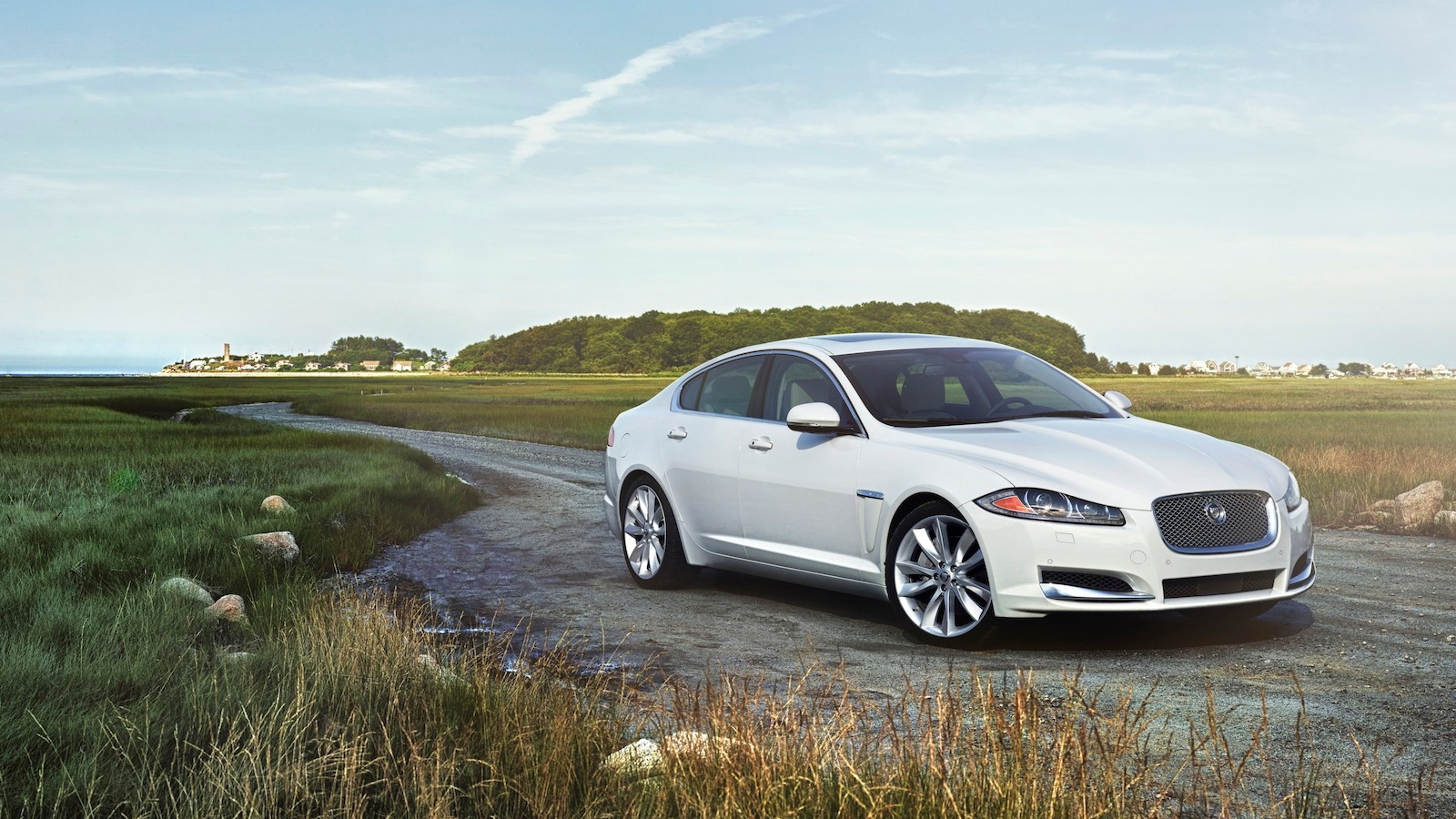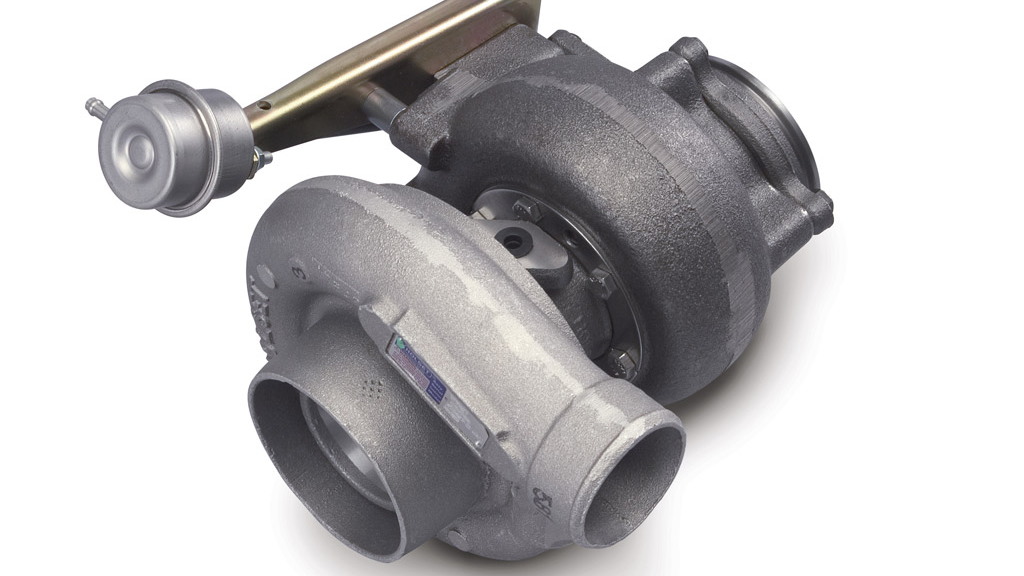small engines
-

In coming years, every car company will make every vehicle it builds greener--meaning more fuel-efficient--courtesy of increasingly stringent gas mileage and carbon emissions rules around the world. That applies not only to smaller, simpler cars, but also large, heavy, fast, luxurious, and expensive ones too. Two days ago, we wrote about the new 2013 Land Rover Range Rover and its all-aluminum structure, which saves fully 700 pounds over the previous model. That requires less fuel to propel it through tony suburbs (and very occasionally up rocky mountain slopes). Now it's Jaguar's turn...
-
 Turbos Grow Much Faster Than Hybrids In Quest For MPG
Turbos Grow Much Faster Than Hybrids In Quest For MPGThere's a quiet revolution going on in the auto world, one that isn't as trendy as plug-in cars or hybrids: turbocharged engines. Cheaper to build and buy than hybrid systems, they offer great gas mileage and great performance. In some cases, such as the 3-cylinder 2014 Ford Focus 1.0-liter...
Nikki Gordon-Bloomfield -
 Smaller Engine Watch: VW 1.4 Turbo To Replace 2.5 Five In U.S.?
Smaller Engine Watch: VW 1.4 Turbo To Replace 2.5 Five In U.S.?We've been saying for a long time that one way carmakers will meet new, tougher gas-mileage rules is to make their engines smaller but more efficient. Ford's EcoBoost lineup of direct-injected, turbocharged engines is one example, from a 3.5-liter V-6 used in full-sized pickups all the way down to...
John Voelcker -
 Smaller, More Efficient: VW Passat With 1.2-Liter 3-Cylinder Engine
Smaller, More Efficient: VW Passat With 1.2-Liter 3-Cylinder EngineHow large an engine do you need in a mid-size car? Just a few years ago, the answer would have been a V-6 of 2.8 to 3.5 liters, perhaps with a base model offering a four of 2.4 to 2.8 liters. Then Hyundai announced in late 2009 that it would abandon V-6 engines altogether for its 2010 Sonata...
John Voelcker


